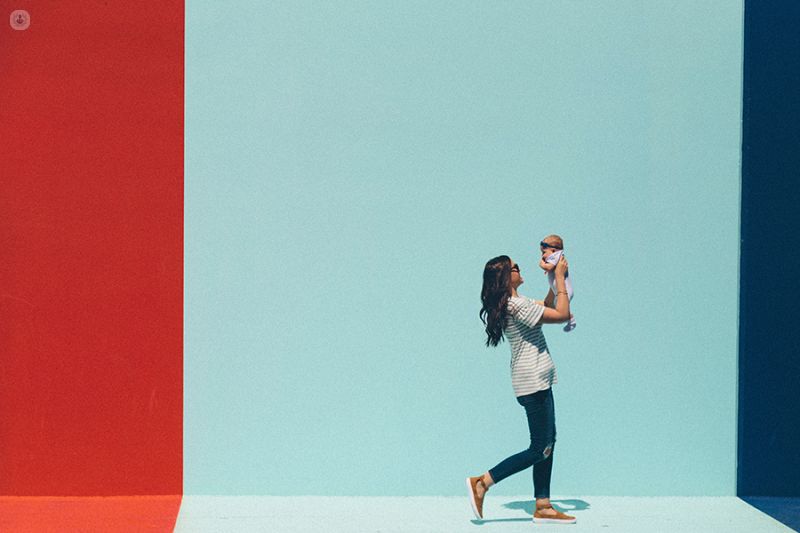

What is postpartum osteopathy?
Postpartum osteopathy is osteopathic treatment focused on attending to the needs of a woman following the birth of her child.
Osteopathy is a form of alternative medicine where an osteopath detects, treats and prevents health problems by stretching and massaging the patient’s muscles, joints and connective tissues. The techniques and non-invasive treatments are based on a holistic view of the human body where it is important that the bones, muscles and ligaments work together.
Osteopaths are trained health professionals who are registered with the General Osteopathic Council. This means that osteopaths tend to have more training than other therapists such as naturopaths, and any given professional must adhere to a standard of practice. You can complain to the Council if you are not satisfied that they are practising safely.

What kind of issues does an osteopath treat following pregnancy?
After birth your body will mostly revert back to its former shape in a short period of time. This period can bring significant changes in how you carry yourself and your centre of gravity. This, coupled with the need to hold and feed your baby, can result in a range of postural problems. Because of this, lower back pain, is a very common complain among new mothers and one of the most common symptoms an osteopath sees to.
Some osteopaths also aim to provide the following treatment:
- healing of scar tissue following a C-section
- strengthening of the pelvic floor
- treatment for postnatal depression
What does osteopathy for postpartum consist of?
An osteopath uses physical manipulation to increase the mobility of joints, relieve muscle tension and enhance blood supply to tissues. The treatment aims to improve the overall health of all body systems by manipulating and strengthening the musculoskeletal framework.
Techniques include stretching, applying gentle pressure and resistance known as osteopathic manipulative medicine (OMM).
Osteopaths also provide advice on posture, exercise to aid recovery and to prevent symptoms from recurring.
Aftercare
Both after birth and after osteopathic treatment, it is recommended to avoid impact activities, such as basketball, running or jumping, as well as those involving abdominal pressure. Instead, it is advisable to do gentle activities that include postural re-education exercises. Regarding the posture, it is recommended:
- having a good position when breastfeeding the baby
- lifting objects or weights from the floor by flexing the knees and keeping the back straight
- when doing daily activities, having a stool to support the foot and avoiding overload on the lumbar spine
What are the alternatives?
Osteopathy is one of many forms of manual therapy and some people may find other methods more effective for lower back pain.
For postnatal depression, it is important to get support from other people who have experienced the same thing. A GP may be able to prescribe suitable medication or recommend visiting a psychotherapist.
For strengthening your pelvic floor, you can also see a physiotherapist with a special interest in gynaecology.
